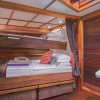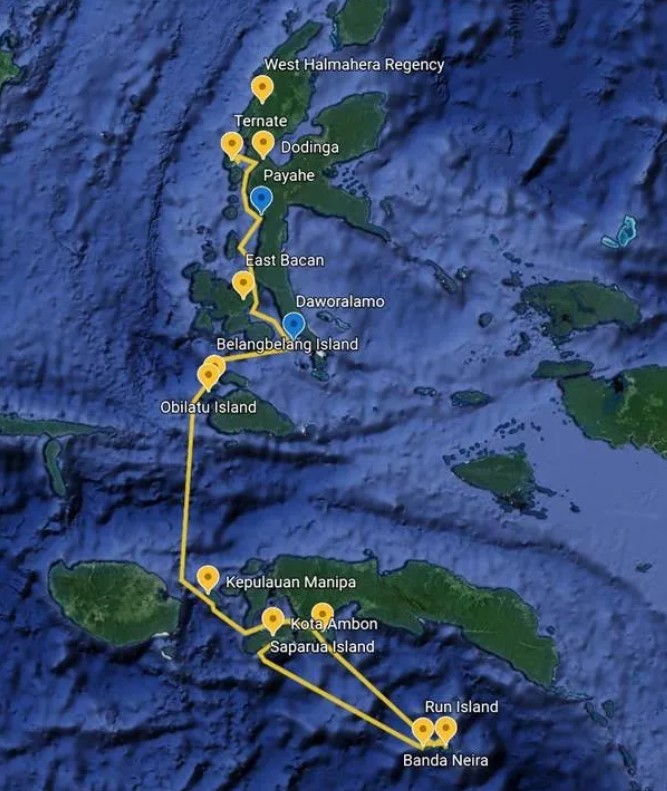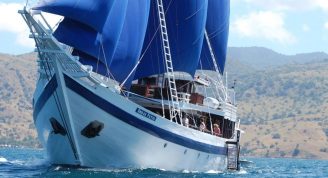Description
Snorkelling and Sailing Adventures in Indonesia, See Coral Reefs, Birdwatch, Search for Rare Birds and Animals, Learn About Cultures and History, Explore or Just Relax with a Cool Drink and a Good Book.
Generations of seafarers before you have sailed the trade winds of Indonesia, in quest of exotic cultures and their goods, charting the famous spice routes. SeaTrek’s four sailing collections follow those same historic trade winds taking you on journeys of discovery to many of the still remote areas of the Indonesian archipelago. Come explore with us aboard authentic wooden sailing ships much like the ones used by those legendary adventurers.
Trip Name
The Scents Of The Spice Islands - From Ambon To Ternate
Days
12
Overview
Vessel Type: Yacht
Length overall: 42 metres
Passanger Capacity: 24
Led by Captain Jufri, with a crew of 14, Ombak Putih means ‘White Wave’ in the Indonesian language. Her keel was first laid down in Kalimantan in 1995, and she became operational in 1997. At 42 metres long, she is the larger of our two ships, providing accommodation for up to 24 guests in 12 comfortable cabins. Approximately 400 square metres of public space is divided over her two main decks, including a large salon, as well as covered and open areas, allowing plenty of room for our guests to spread out, relax, and enjoy as much company or solitude as they wish.
Twelve superior cabins en-suite bathrooms, Salon & bar.Outdoor covered dining area, Rooftop lounge. Kayaks, Stand,up-paddle boards (SUP). Snorkelling equipment. Fishing gear, Three tender boats. Full complement of crew; engineering and service.
SLEEPING CONFIGURATION
6 x double bed cabins
2 x triple cabins (one double bed and one upper single bunk - bunk ideally suitable for child 12 or under)
4 x twin bunk cabins (one above the other)









